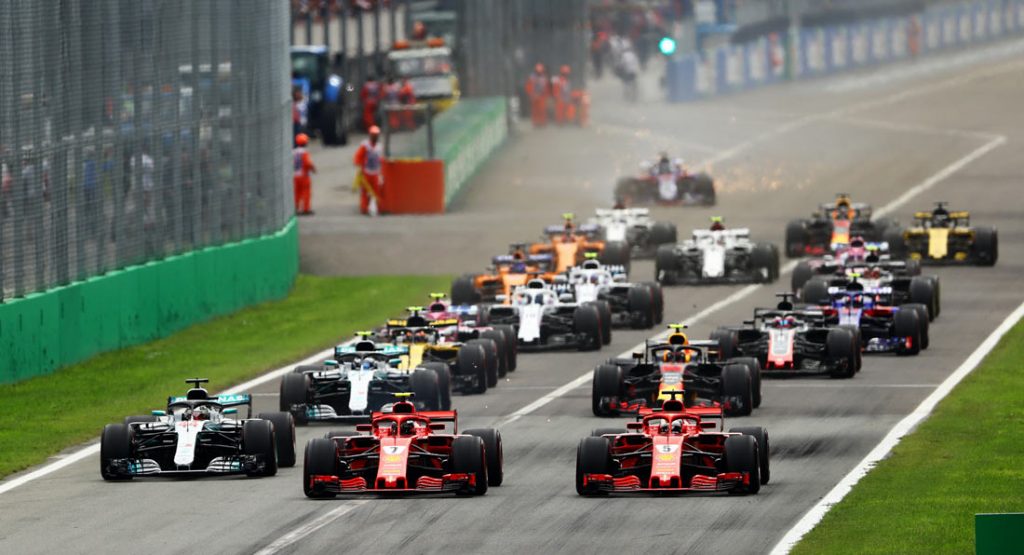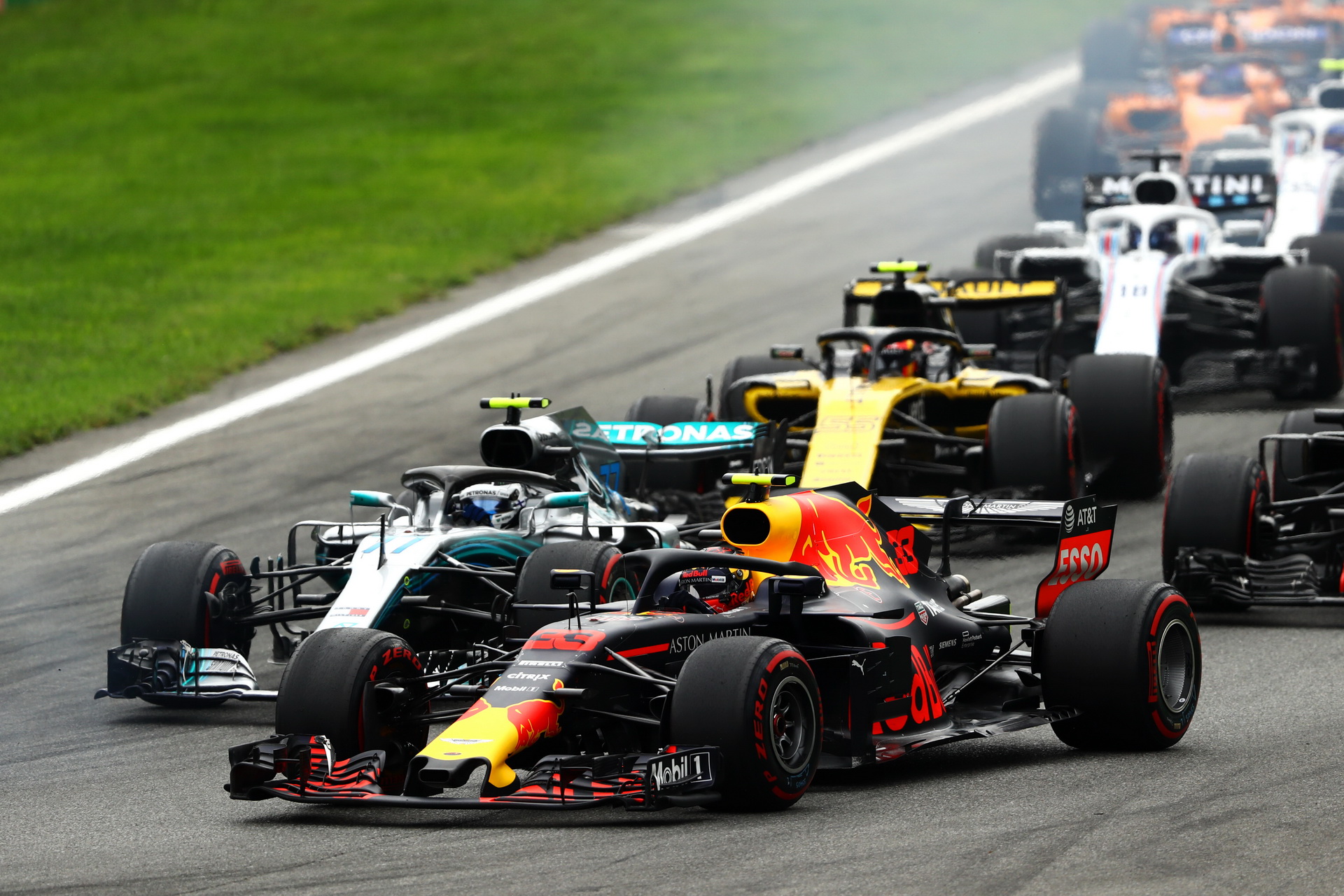The FIA has finalized the calendar for next year’s Formula 1 season, while also announcing a number of rule changes.
Just like the 2016 and 2018 seasons, the 2019 championship will include 21 races. The season will start in Melbourne on March 17th with the Australian Grand Prix and finish at Abu Dhabi on December 1. There will be no new races or tracks next season.
The Chinese Grand Prix on April 14 will mark a significant milestone for the sport as the 1000th Grand Prix held since Formula 1’s inception in 1950. Expect the sport’s owners, Liberty Media, to mark the occasion in a memorable way.
Beyond the new calendar, there are some new rules which F1 fans will notice.
For starters, teams will be required to re-position their rear view mirrors and tweak rear wings to improve rearward visibility. Additionally, on-board cameras will be re-positioned, lights will be placed on the rear wing endplates, and adjustments will be made to the halo protection device to ease driver extraction.
On track, drivers will only be allowed to overtake after a safety car period once they’ve crossed the start-finish line, rather than a dedicated safety car line like previous seasons. Teams will also be responsible for initial scrutineering of their cars, a chequered light panel will be used alongside the traditional flag at the end of a race, and the team personnel curfew will increase from eight to nine hours.
For the most part, the 2020 season is expected to be quite similar to 2019, but could include races in Miami and Vietnam. The sport will then be overhauled for 2021 with new car designs and different powertrains.










